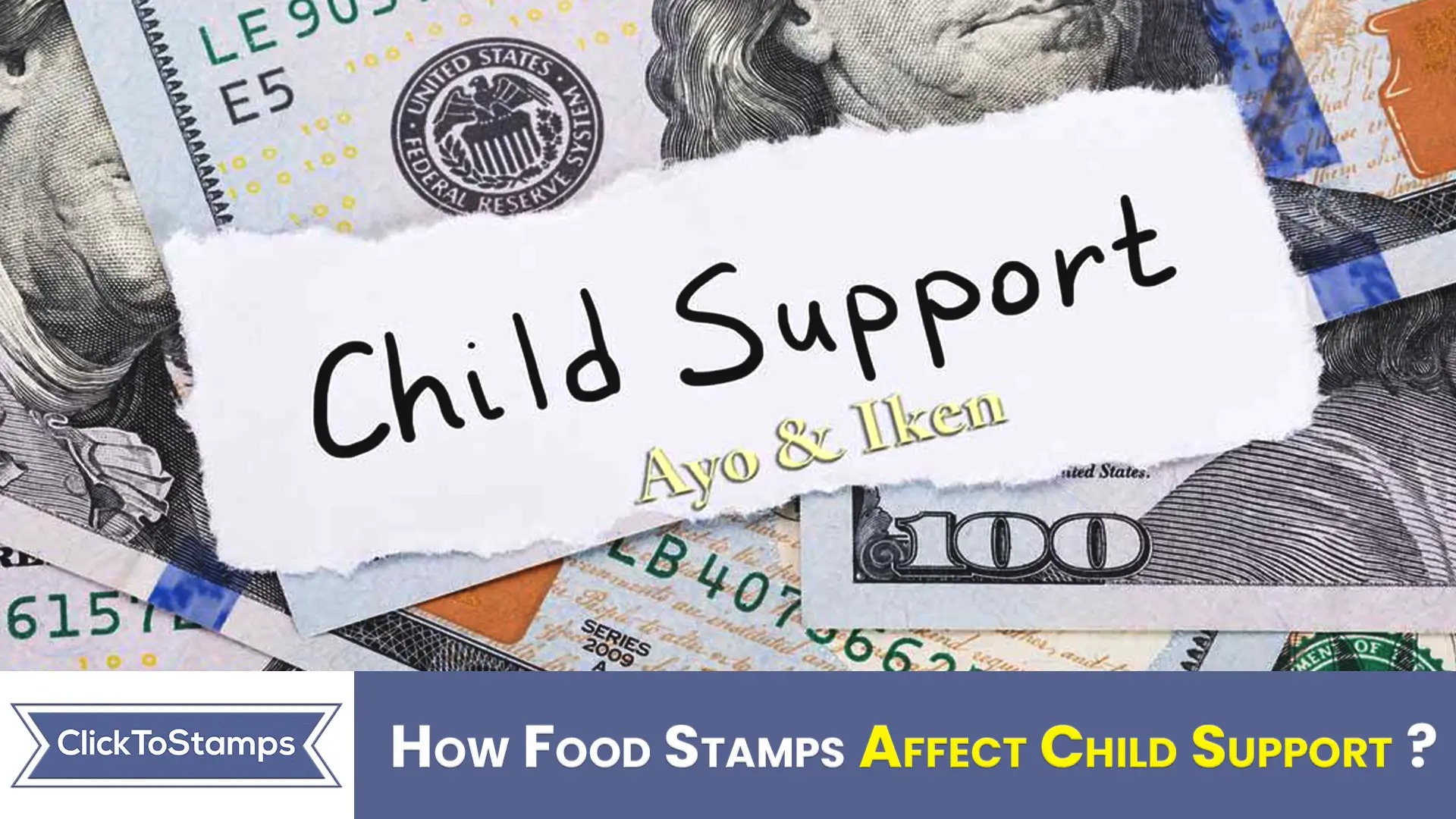Food stamps are a government assistance program designed to help low-income households purchase food. It is also known as the Supplemental Nutrition Assistance Program (SNAP) and is administered by the United States Department of Agriculture (USDA). While food stamps can help struggling families put food on the table, it can also affect child support payments.
In this article, we will explore how food stamps affect child support, including the history of food stamps, the purpose of child support, and how the two intersect.
We will also look at examples of how food stamps affect child support payments and what factors impact the amount of child support paid.
Contents
- History of Food Stamps:
- The Purpose of Child Support?
- How do Food Stamps Affect Child Support?
- Some Other Factors That Impact Child Support in 2023:
- Does Child Support Count As Income For Food Stamps?
- Does Food Stamps Affect Child Support?
- Can A Single Dad Get Food Stamps?
- Does Getting Food Stamps Automatically Place The Father On Child Support?
- Conclusion:
History of Food Stamps:
The first food stamp program was introduced in the United States during the Great Depression in the 1930s. The program was aimed at providing low-income families with the means to purchase food during a time of economic hardship. The program was not federally funded, and it was run by local communities and organizations.
In the 1960s, the government recognized the need for a nationwide food stamp program, and in 1964, the Food Stamp Act was passed.
The program was aimed at providing nutrition assistance to low-income households while stimulating the economy by providing more demand for food products. The program was federally funded and administered by the USDA.
In 2008, the Food Stamp Act has renamed the Supplemental Nutrition Assistance Program (SNAP). The program has undergone several changes and reforms over the years, but its basic goal remains the same – to provide nutrition assistance to low-income families.
The Purpose of Child Support?
Child support is a payment made by a non-custodial parent to the custodial parent to help support their child. The payment is intended to help cover the costs of food, clothing, shelter, and other expenses associated with raising a child. The purpose of child support is to ensure that both parents contribute to the child’s well-being, even if they are not living together.
Child support payments are typically based on several factors, including the income of both parents, the number of children involved, and the amount of time each parent spends with the child. The amount of child support can vary greatly depending on these factors.
How do Food Stamps Affect Child Support?
When a parent receives food stamps, it can affect the amount of child support they receive. In some cases, food stamps can reduce the amount of child support paid by the non-custodial parent. This is because the court may view the food stamps as income for the custodial parent and adjust the child support payment accordingly.
For example:
let’s say a custodial parent receives $500 per month in food stamps. The court may view this as $500 in income and reduce the child support payment by that amount. If the non-custodial parent was paying $1,000 per month in child support, they would now be paying $500 per month.
However, not all states view food stamps as income for the custodial parent. In some states, food stamps are not counted as income when calculating child support payments.
In these states, the non-custodial parent would still be required to pay the full amount of child support, even if the custodial parent is receiving food stamps.
Some Other Factors That Impact Child Support in 2023:
Several other factors can impact the amount of child support paid, including:
Income of both parents: The amount of child support paid is typically based on the income of both parents. If one parent earns significantly more than the other, they may be required to pay more in child support.
Number of children involved: The more children involved, the higher the child support payment will be.
Time spent with the child: If one parent spends more time with the child, they may be entitled to a larger portion of the child support payment.
Does Child Support Count As Income For Food Stamps?
Child support payments received are generally counted as income to determine eligibility for food stamps.
However, child support payments made by a household member are not counted as income for food stamp purposes.
Does Food Stamps Affect Child Support?
Receiving food stamps does not directly affect child support orders or obligations.
However, the amount of child support ordered may be affected by changes in the recipient’s income, which could include the value of food stamps received.
Can A Single Dad Get Food Stamps?
Yes, single dads, as well as single moms, may be eligible for food stamps if they meet the eligibility requirements based on their income, assets, and household size.
Does Getting Food Stamps Automatically Place The Father On Child Support?
No, getting food stamps does not automatically place the father on child support in any state. Child support orders are typically established through a separate legal process, which may involve a court hearing and a determination of the father’s ability to pay.
Conclusion:
Food stamps can provide important assistance to families who are struggling to afford enough food. However, the receipt of food stamps generally does not have a direct impact on child support obligations.
While child support payments received are generally counted as income to determine eligibility for food stamps, child support payments made by a household member are not counted as income for food stamp purposes.
Additionally, getting food stamps does not automatically place the father on child support in any state. Child support orders are typically established through a separate legal process.

